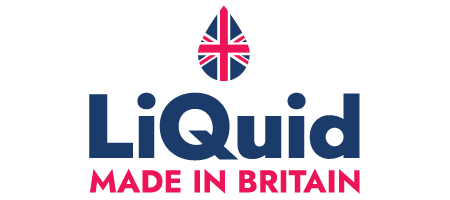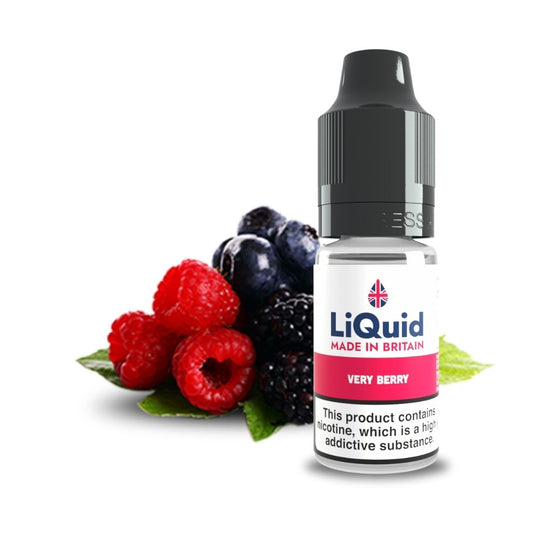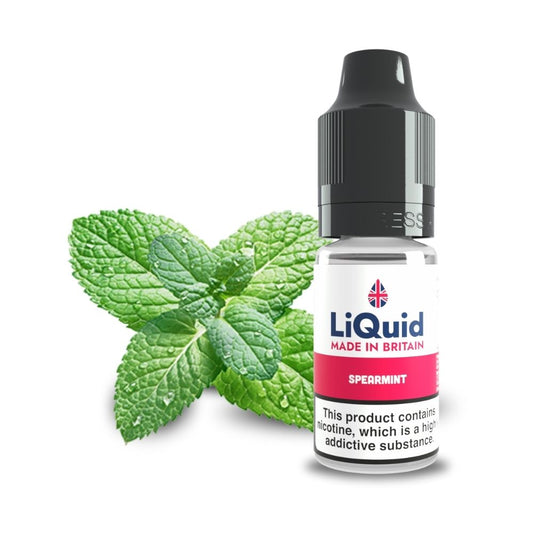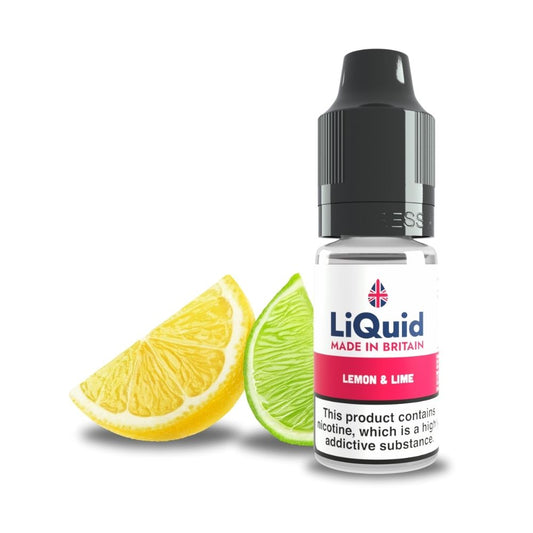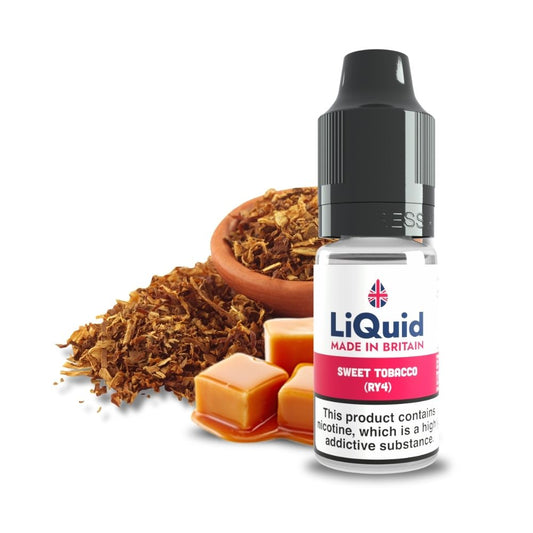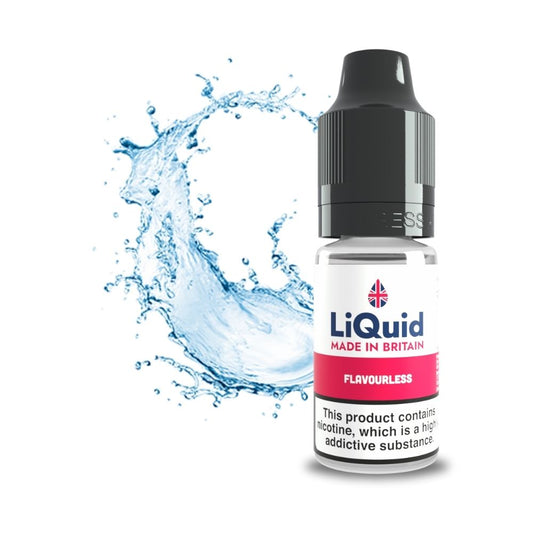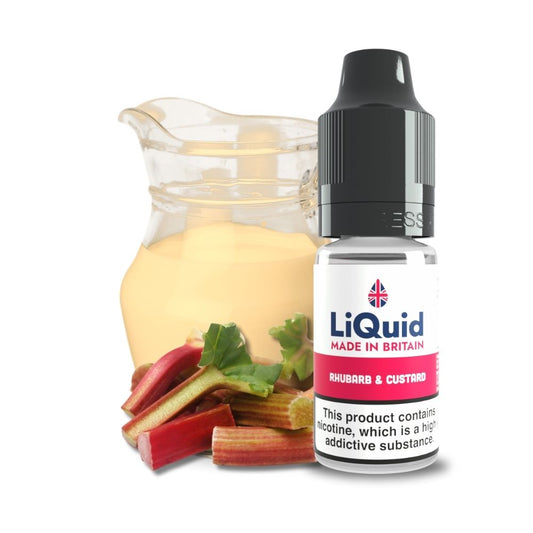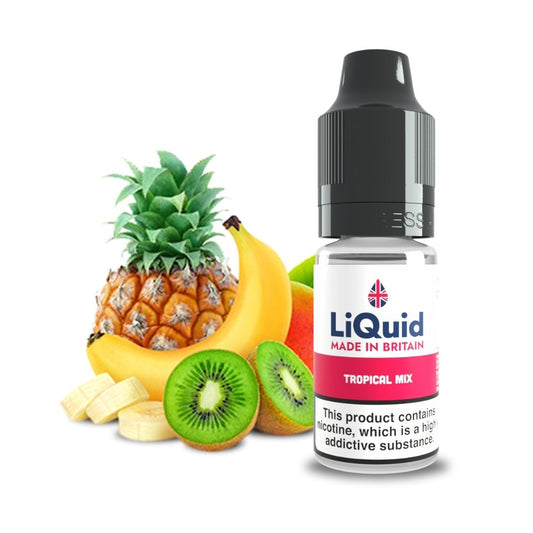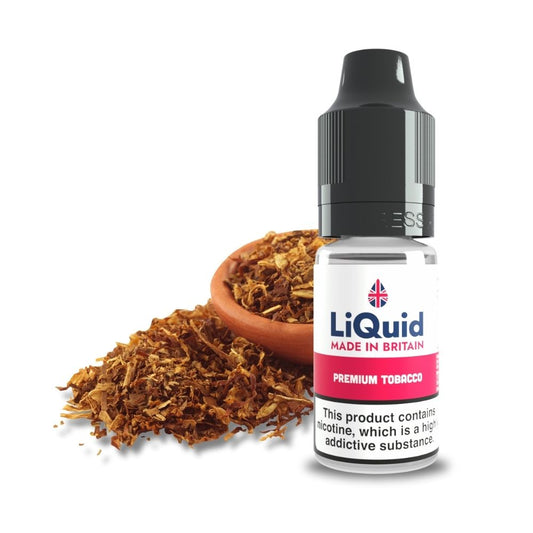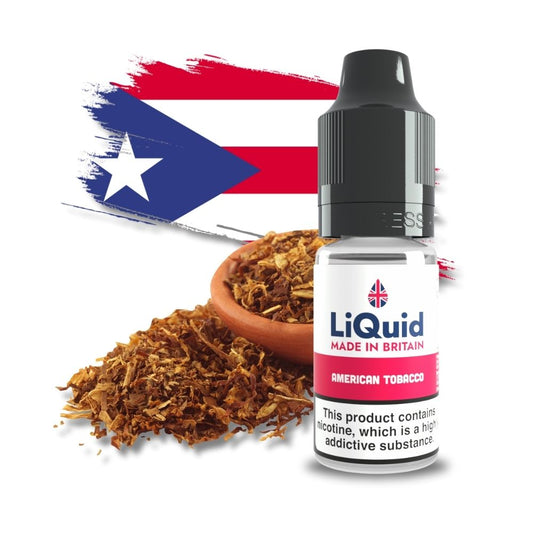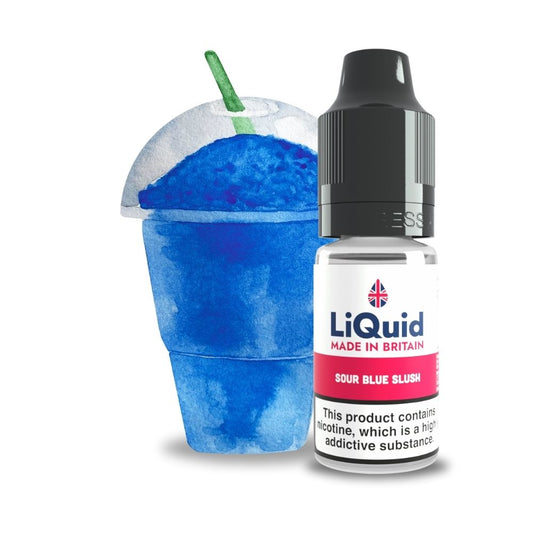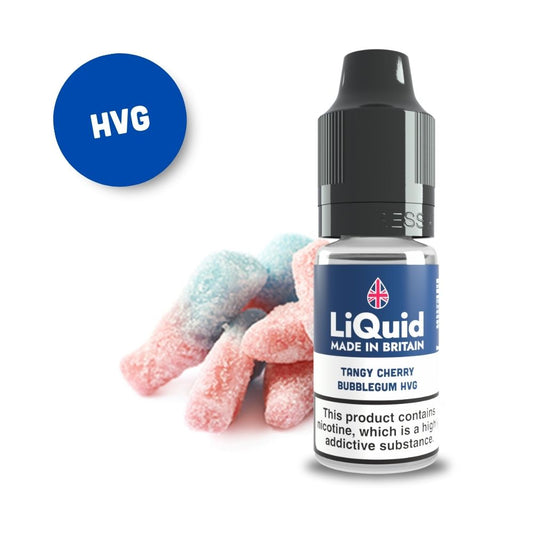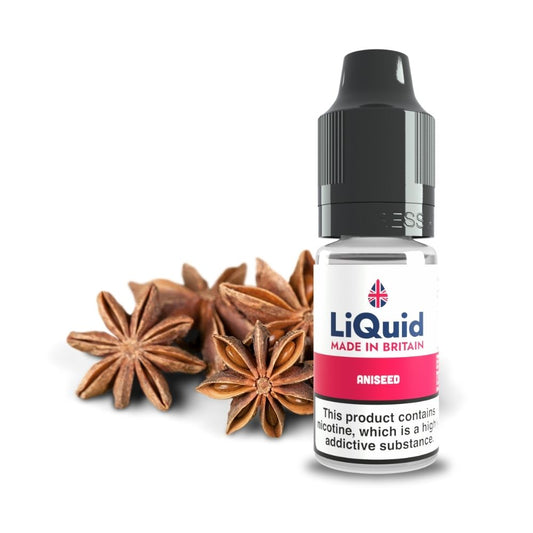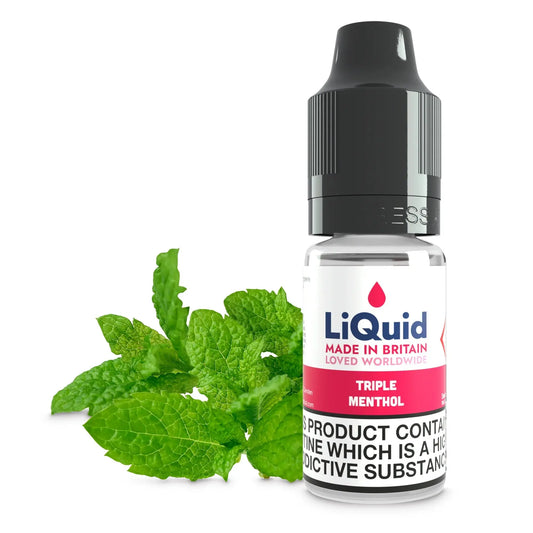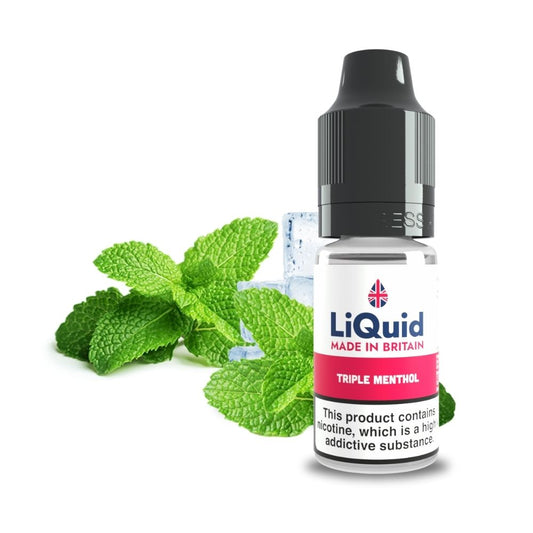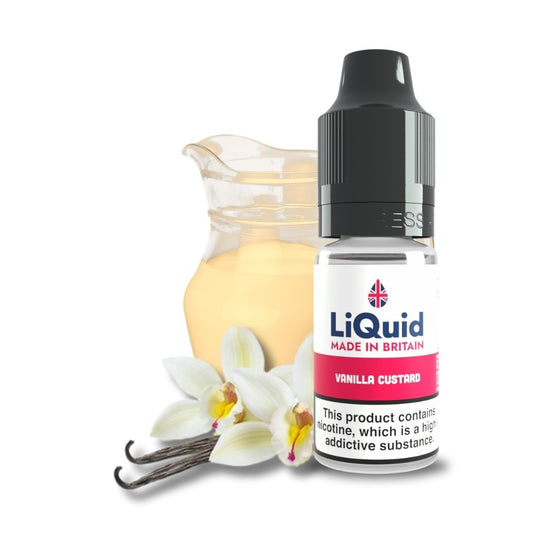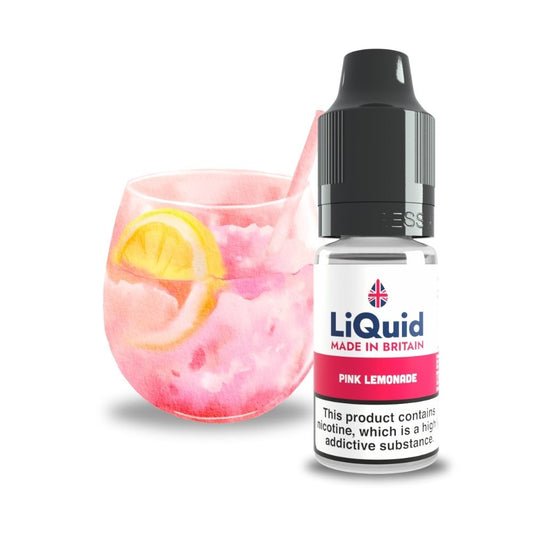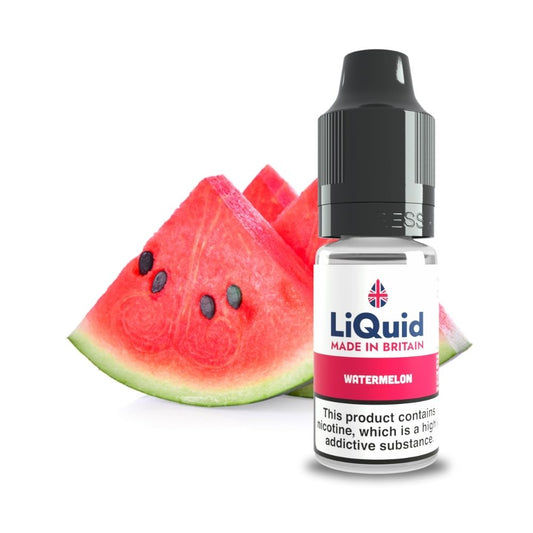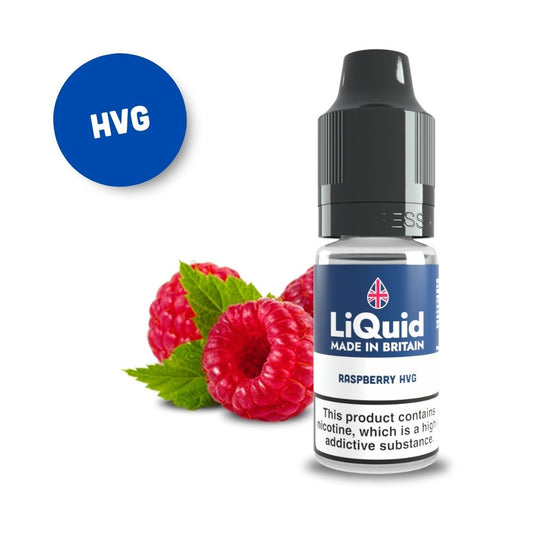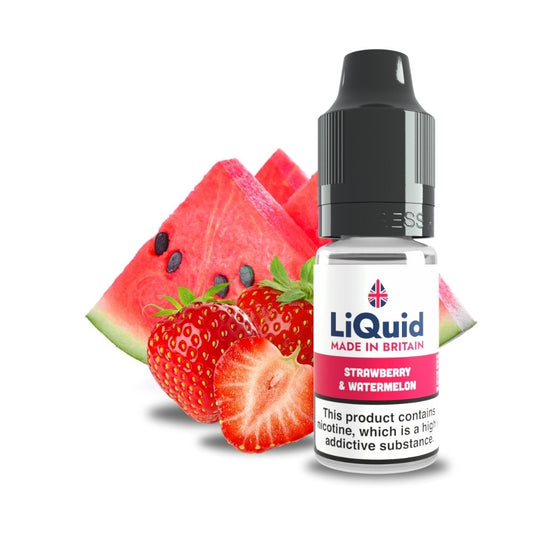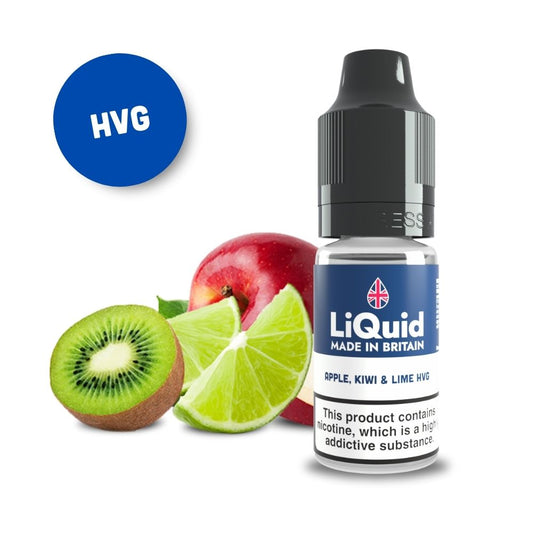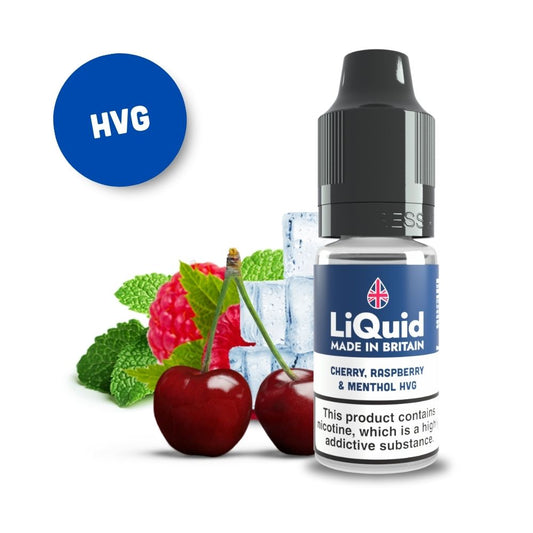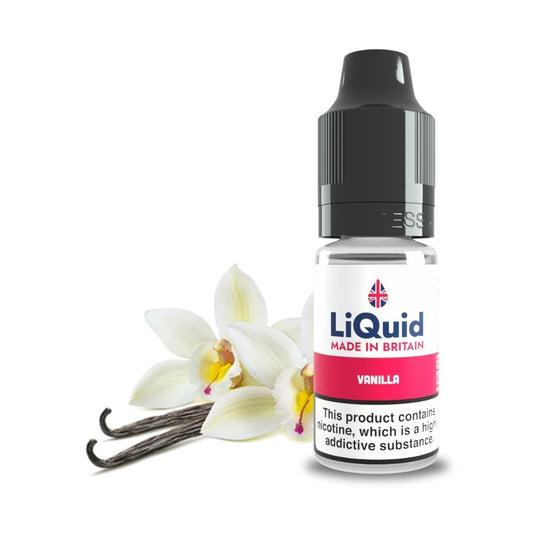-
Lemon & Lime
Regular price £1.00Sale price £1.00 Regular priceUnit price per -
Blue Raspberry
Regular price £1.00Sale price £1.00 Regular priceUnit price per -
Rhubarb & Custard
Regular price £1.00Sale price £1.00 Regular priceUnit price per -
Tropical Mix
Regular price £1.00Sale price £1.00 Regular priceUnit price per -
Sour Blue Slush
Regular price £1.00Sale price £1.00 Regular priceUnit price per -
Tangy Cherry Bubblegum HVG
Regular price £1.00Sale price £1.00 Regular priceUnit price per -
Triple Menthol
Regular price £1.00Sale price £1.00 Regular priceUnit price per -
Vanilla Custard
Regular price £1.00Sale price £1.00 Regular priceUnit price per -
Pink lemonade
Regular price £1.00Sale price £1.00 Regular priceUnit price per -
Watermelon
Regular price £1.00Sale price £1.00 Regular priceUnit price per -
Raspberry HVG
Regular price £1.00Sale price £1.00 Regular priceUnit price per -
Strawberry & Watermelon
Regular price £1.00Sale price £1.00 Regular priceUnit price per -
Apple, Kiwi & Lime HVG Vape Juice
Regular price £1.00Sale price £1.00 Regular priceUnit price per£0.00 -
Cherry, Raspberry & Menthol HVG
Regular price £1.00Sale price £1.00 Regular priceUnit price per
What is vape juice?
Vape juice (also known as e-liquid) is a mixture made up of 4 key ingredients, including propylene glycol (PG), vegetable glycerol (VG), flavouring and nicotine. The liquid is then added into a vaping devices tank or pod where it is heated up to form vapour. The vapour is then inhaled and exhaled.
What vape juice flavours are there?
There are many different options for vape juice flavours and choosing which to try comes down to personal taste. Our range of vape juice flavours includes tobacco, menthol, fruit, and heizen, plus drink, sweet and dessert-themed. So whether you’re a fan of classic sweets like pear drops, or you’re a fan of a strawberry milkshake, you’re sure to find a flavour that satisfies your tastebuds.
Where are our e-liquids made?
All of our vape juices are made by certified professionals at our UK-based laboratory in a Class D GMP clean room. They are also bottled and distributed from our UK warehouse. We are proud to offer the best freebase nicotine vape juices and the best nicotine salts when you buy vape liquid online with LiQuid.
What are the different types of E-Liquid?
Vape juice comes in a variety of ratios that cater to different preferences. A lot of the time, the e-liquid type comes down to the ratio of propylene glycol (PG) and vegetable glycerol (VG). The most common types of e liquid are:
- Standard (50/50) - contains an even balance of PG and VG, which makes it capable of supporting nicotine strengths up to 20mg.
- High VG (80/20 or 70/30) - contains a higher ratio of VG in this type of vape liquid, which means liquids of this variety are only available in strengths up to 6mg.
- Nicotine salts - contains an even ratio of PG and VG like standard vape liquids, but rather than freebase nicotine, nicotine salt is used. This provides a smoother taste.
- Short fills - contains a high ratio of VG but are strictly nicotine free. This means you can buy larger bottles than the regulated 10ml nicotine-filled liquids.
- Nic shots/nic salt shots - contains high concentrations of nicotine that can be added to short fill liquids to produce an HVG liquid with strong nicotine.
What are VG and PG ratios?
PG and VG ratios refer to the proportion of propylene glycol (PG) and vegetable glycerol (VG) in e-liquid, which is used in electronic cigarettes and vaporizers. These two ingredients are the base of the e-liquid and serve to dilute the other ingredients, such as nicotine and flavourings.
Propylene glycol is a colourless and odourless liquid that has a slightly sweet taste. It is commonly used in food and pharmaceutical products, and is also a popular ingredient in e-liquid due to its ability to carry flavour well and produce a strong throat hit. It also has a thinner consistency than VG, which makes it easier to vaporise.
Vegetable glycerol, on the other hand, is a thicker and sweeter liquid that is derived from vegetable oils. It is also commonly used in food and pharmaceutical products, and is a popular ingredient in e-liquid due to its ability to produce thick and dense vapour clouds. VG is also considered to be a much smoother vape, and less harsh ingredients compared to PG.
The PG and VG ratio in e-liquid can vary widely depending on the brand and flavour. A common ratio is 50/50, which means that the e-liquid is made up of 50% PG and 50% VG. However, there are also a range of e--liquids that have higher ratios of VG, such as 70/30 or 80/20, which produce even thicker vapour clouds.
What strength vape juice should I use?
The strength of nicotine vape juice that you should use depends on several factors, including your experience with vaping, your smoking history, and your nicotine tolerance. Here are some general guidelines to help you choose the right strength:
If you are a light smoker or smoke fewer than 10 cigarettes per day, a 3mg vape juice or 5mg nic salts may be appropriate for you.
If you are a moderate smoker, smoking between 10 to 20 cigarettes per day, a 6mg nicotine strength may be suitable for you.
If you are a heavy smoker, smoking more than 20 cigarettes per day, a 12mg or 18mg nicotine strength may be more suitable for you.
It is important to note that nicotine can be addictive, and it is best to start with the lowest possible strength and gradually increase if necessary. And if you've previously never used nicotine, we suggest using nicotine free vape juice.
What are the types of nicotine?
There are three main types of nicotine used when it comes to vape liquid with nicotine: freebase nicotine, nicotine salt, and synthetic nicotine.
Freebase Nicotine: This is the most common form of nicotine used in e-liquids. It is a pure form of nicotine that is created by chemically altering the pH level of nicotine extracted from tobacco. Freebase nicotine is more volatile than other forms of nicotine, which can make it harsher to inhale. It is typically used in higher concentrations of e-liquids.
Nicotine Salt: Nicotine salt is a modified form of nicotine that is combined with an acid to make it less harsh and easier to inhale. The addition of nic salt to the acid results in a smoother throat hit and a faster onset of nicotine satisfaction. Nicotine salt is often used in lower concentrations than freebase nicotine, but it is absorbed more quickly by the body, making it more satisfying for some vapers.
Overall, the type of nicotine used in e-liquids can affect the vaping experience, including the strength of the throat hit and the onset of nicotine satisfaction. It is important for vapers to consider their personal preferences and nicotine tolerance when selecting a vape juice with nicotine that has the correct strength.
How do you correctly store e-liquids?
Storing your vape juice correctly is essential if you want to ensure you get the longest life possible from your e-liquids. If you do not correctly store your e liquids correctly, they may become spoilt and not be very pleasurable to vape. We have some tips below to ensure that you are correctly storing your e-liquids.
Keep e-liquids in a cool, dark place: Exposure to heat and light can cause e-liquids to break down, causing over-steeping of flavour or loss of nicotine concentration. Storing e-liquids in a cool, dark place, such as a cupboard or drawer, keeps them away from direct sunlight.
Check expiration dates: E-liquids have a shelf life, and using them after they have expired can lead to a change of flavour and loss of quality. Always check the expiration date on e-liquids and discard any that have expired.
Overall, proper storage of e-liquids is important to ensure that they maintain their flavour and quality. By following these tips, you can help ensure that your e-liquids are safe, enjoyable, and long-lasting.
Are Our E-Liquids TPD Compliant?
Yes they are. Everything that we manufacture and put our for sale to the consumer market is rigorously tested to ensure it is fully compliant with all necessary checks that fall under the TPD regulations.
TPD stands for Tobacco Products Directive which is a set of regulations that were introduced to the UK in 2016 to regulate the vaping industry in line with the tobacco industry.
These regulations included a prohibited substance list, such as Taurine, Caffeine and other sweeteners such as Diacetyl from being added into e-liquids. As well as ensuring all e-liquids that are produced for the UK market have to be submitted to the MHRA prior to being released for sale.
What flavour e-liquid is right for me?
Choosing the right flavour of vape juice can be a personal preference and can depend on several factors, including your taste preferences and your vaping device. Here are some tips on how to choose the right flavour of vape juice for you:
It's really important to pick a flavour of e-liquid that you will enjoy, because if you enjoy it, chances are you will continue to use it and abstain from smoking cigarettes.
